25 Feb India’s commitment to Equity and Inclusion
This article covers “Daily Current Affairs” and Topic details of India’s commitment to Equity and Inclusion
SYLLABUS MAPPING:
GS-2- Polity and Governance- India’s commitment to Equity and Inclusion
FOR PRELIMS
What is World Day of social justice theme, Constitutional provision related to social Justice and Govt. initiatives like Smile Scheme, PM-JAY.
FOR MAINS
Why in the news?
The Ministry of Social Justice and Empowerment (MoSJE) in India is making headlines for its commitment to equity and inclusion, particularly in alignment with the World Day of Social Justice observed on February 20th. On this occasion, the ministry highlighted its continued efforts to address pressing social issues like poverty, exclusion, and unemployment. The focus is on promoting equality of opportunity and fostering social harmony both within India and globally. Through legislative reforms, grassroots initiatives, and international collaborations, India is actively working toward bridging socio-economic gaps and advancing the well-being of marginalized communities. The article’s publication emphasizes these ongoing efforts and India’s role in the global movement for social justice.

Background and Global Context
The World Day of Social Justice, established by the United Nations General Assembly (UNGA) in 2007 and observed annually on February 20th since 2009, highlights the essential link between social justice and peace. It underscores that social justice cannot be achieved without peace, security, and human rights. The day focuses on global challenges like inequality, financial crises, and insecurity, urging action to create opportunities through trade, investment, and economic growth, particularly for developing countries. The International Labour Organization (ILO) plays a key role with its Declaration on Social Justice for a Fair Globalization (2008), placing the Decent Work Agenda at the heart of global policy. The UN’s Social Protection Floor, launched in 2009, exemplifies the commitment to ensuring basic social guarantees for all.
Key Principles of Social Justice
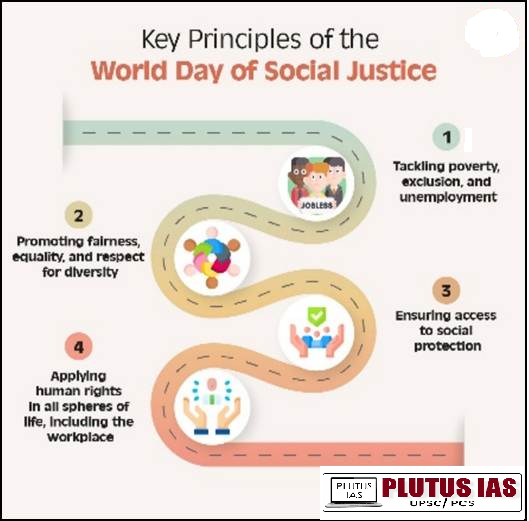
Key Constitutional Provisions on Social Justice and Empowerment
1. Preamble: The Preamble ensures social, economic, and political justice, guarantees equality of status and opportunity, and promotes fraternity to uphold individual dignity and national unity. It establishes the foundation for a just and inclusive society free from discrimination.
2. Fundamental Rights (Part III): Article 23 prohibits human trafficking and forced labour, making such practices punishable by law. Article 24 bans child labour in hazardous occupations, protecting children’s rights to safety and education. These rights safeguard vulnerable groups from exploitation.
3. Directive Principles of State Policy (Part IV): Article 37 states that DPSPs, though not legally enforceable, are essential for governance. Article 38 directs the State to reduce social and economic inequalities. Article 39 ensures equal livelihood, fair wages, and protection from exploitation. Article 39A guarantees free legal aid for the disadvantaged. Article 46 mandates special educational and economic promotion for SCs, STs, and weaker sections to prevent discrimination. In 1985-86, the Ministry of Welfare was split into the Department of Women & Child Development and the Department of Welfare. It became the Ministry of Social Justice & Empowerment in May 1998. The ministry aims to create an inclusive society, empowering marginalized groups through educational, economic, and social development programs, as well as rehabilitation initiatives for their growth and dignity.
Evolutions of Social Justice in India
India has observed the World Day of Social Justice since 2009. The evolution of social justice and empowerment in India has been a gradual but progressive process influenced by historical struggles, constitutional mandates, and policy developments. The vision of social justice and empowerment has been deeply rooted in India’s independence movement and the vision laid down by the Constitution to ensure equality, dignity, and justice for all citizens, especially marginalized communities. The Constitution of India lays a strong foundation for social justice and empowerment through various provisions that aim to eliminate social inequalities and promote the welfare of disadvantaged groups.
Key Initiatives by the Government of India
1. Pradhan Mantri Anusuchit Jaati Abhyuday Yojana (PM-AJAY): Launched in 2021-22, this scheme focuses on improving the socio-economic conditions of SC communities, including skill development, income generation, and infrastructure improvements in SC-dominated villages. It includes components like Adarsh Gram development, grants for socio-economic projects, and hostels for higher education.
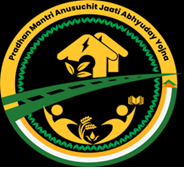
2. Scheme for Residential Education for Students in High Schools in Targeted Areas (SRESHTA): The scheme supports high-quality education for SC students by funding residential schools and high schools affiliated with CBSE/State Boards. It also supports NGOs/VOs running schools and hostels with strong academic infrastructure for the socio-economic upliftment of SC communities.
3. Purple Fests: A movement for inclusion, Purple Fests are organized by the Department of Empowerment of Persons with Disabilities (DEPwD) to promote accessibility, dignity, and equal opportunities for persons with disabilities. The festival also launched initiatives like the India Neurodiversity Platform and a series of job fairs to foster inclusion.
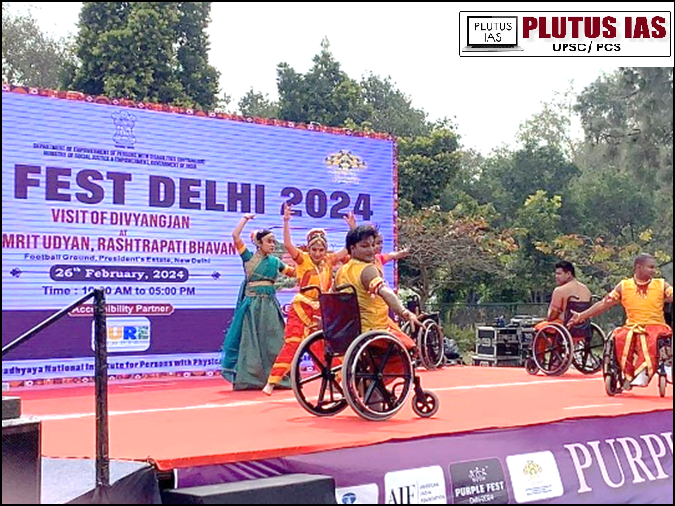
4. National Action for Mechanized Sanitation Ecosystem (NAMASTE): This scheme, launched in 2023-24, aims to protect the safety, dignity, and livelihoods of sanitation workers, including manual scavengers and waste pickers, through mechanization and better job opportunities.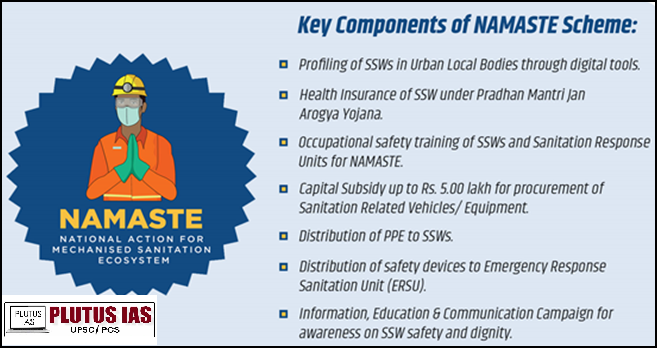
5. Support for Marginalized Individuals for Livelihood & Enterprise (SMILE): Focuses on rehabilitating transgender individuals and people engaged in begging. The scheme provides shelter, vocational training, and alternative livelihood options, with the goal of making India free from begging. The scheme is active in multiple cities and towns across the country.
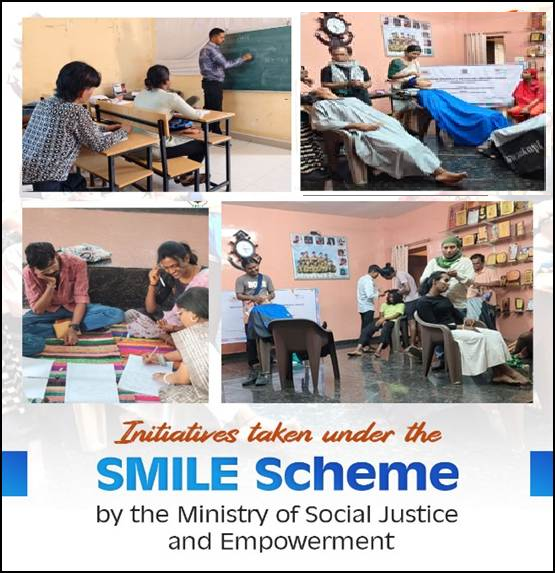
6. PM-DAKSH Yojana: Launched in 2021, this scheme aims to improve the skills of marginalized communities, providing free skill training to SCs, OBCs, EBCs, DNTs, and Safai Karamcharis for better employment opportunities. The scheme has a goal of 70% placement for trained individuals.
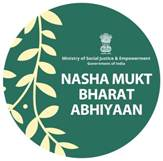
7. Nasha Mukt Bharat Abhiyan (NMBA): A campaign launched in 2020 with the goal of making India drug-free. It targets 272 high-risk districts and focuses on curbing the supply of drugs, raising awareness, and providing treatment. The campaign has reached millions of people across the country, with a particular focus on youth and women.
What are the Challenges to achieving social Justice in India?
1. Caste-based discrimination: The caste system continues to marginalize Dalits and Adivasis, leading to inequality in education, employment, and social interactions.
2. Gender inequality: Violence against women, unequal access to education and employment, and patriarchal norms hinder gender equality.
3. Economic inequality: A significant wealth gap leaves marginalized communities struggling to access basic necessities.
4. Lack of access to quality education and healthcare: Unequal distribution of resources in rural areas limits opportunities for marginalized groups.
5. Religious discrimination: Minorities often face social exclusion and discrimination based on their religious beliefs.
6. Rural-urban divide: Disparities in access to infrastructure, education, and healthcare between urban and rural areas persist.
7. Corruption and poor governance: Corruption in government systems hampers the effective implementation of social justice policies.
8. Social norms and attitudes: Societal prejudices based on caste, gender, and religion perpetuate discrimination.
9. Lack of awareness and education: Insufficient awareness about social justice issues impedes progress toward equality.
Conclusion
On the World Day of Social Justice, India reaffirms its commitment to equity and inclusion through initiatives led by the Ministry of Social Justice and Empowerment (MoSJE). Programs like PM-AJAY, NAMASTE, SMILE, PM-DAKSH Yojana, and Nasha Mukt Bharat Abhiyaan focus on empowering marginalized communities with education, skills, and economic opportunities. Through increased budget allocations, inclusive platforms like Purple Fests, and expanded social protection, the government strives to reduce socio-economic gaps, ensuring dignity and opportunity for all in line with global frameworks like the Decent Work Agenda and SDGs.
Download Plutus IAS Current Affairs (Eng) 25th Feb 2025
Prelims Questions:
Q. With reference to the initiatives by the Ministry of Social Justice and Empowerment, consider the following statements:
1. PM-AJAY focuses on improving the socio-economic conditions of marginalized communities, including skill development and infrastructure improvements.
2. SMILE aims to rehabilitate marginalized individuals, including those involved in begging, by providing vocational training and alternative livelihood options.
3. The Nasha Mukt Bharat Abhiyan was launched to target the reduction of drug use in urban areas only.
How many of the above-given statements are correct?
A. Only one
B. Only two
C. All three
D. None
Answer: B
Mains Questions:
(250 words, 15 marks)




No Comments